This might be considered a repost of this question however I am seeking a much deeper explanation on this matter and how to properly solve this problem.
I want to study the PSF/SRF of a voxel in a 44x44 matrix. For that I create a matrix 100x bigger (4400x4400) so 1 voxel in the smaller matrix corresponds to 100x100 voxels in the bigger one. I set the values to 1 of those 100^2 voxels.
Now I do a FFT of the big matrix and an IFFT of only the center portion (44x44) of the frequency space. This is the code:
A = zeros(4400,4400);
A(2201:2300,2201:2300) = 1;
B = fftshift(fft2(A));
C = ifft2(ifftshift(B(2179:2222,2179:2222)));
D = numel(C)/numel(B) * C;
figure, subplot(1,3,1), imshow(A), subplot(1,3,2), imshow(real(C)), subplot(1,3,3), imshow(real(D));
The problem is the following: I would expect the value in the voxel of the new 44x44 matrix to be 1. However, using this numel factor correction they decrease to 0.35. And if I don't apply the correction they go up to huge values.
